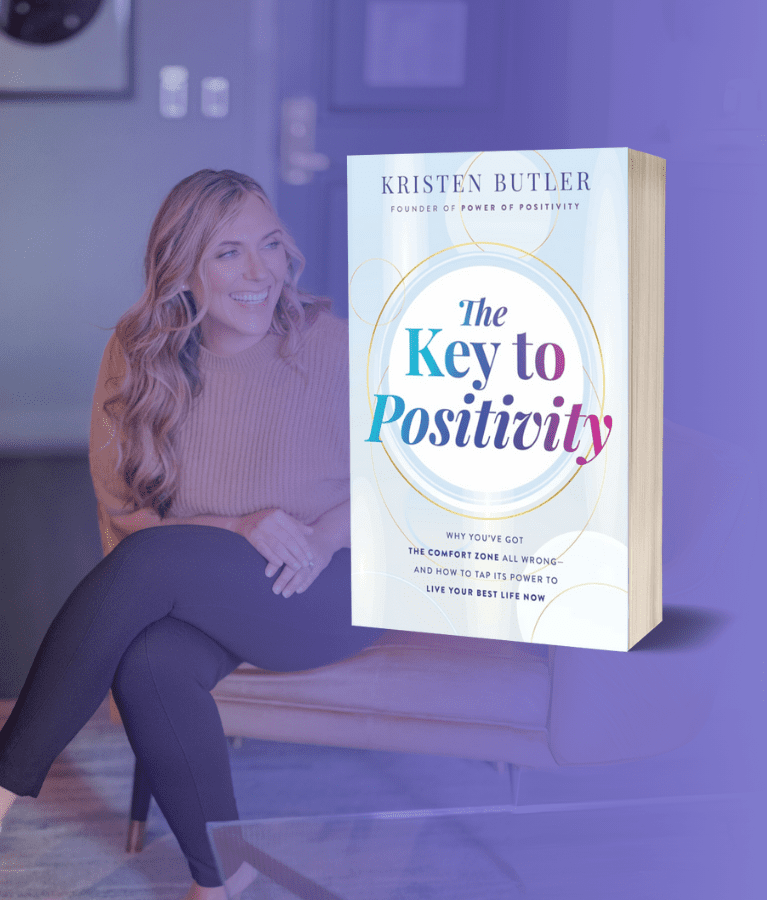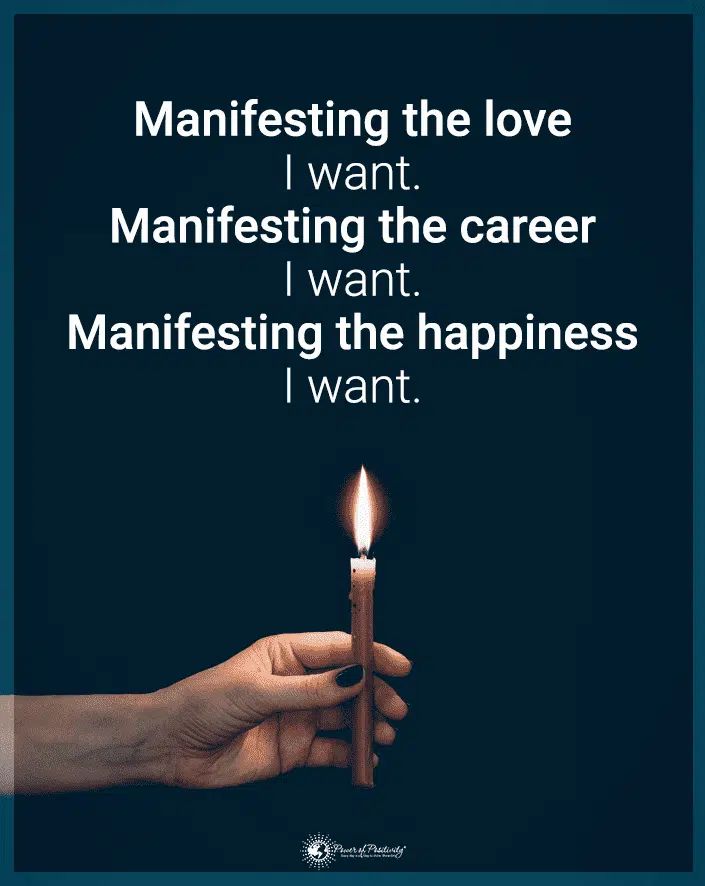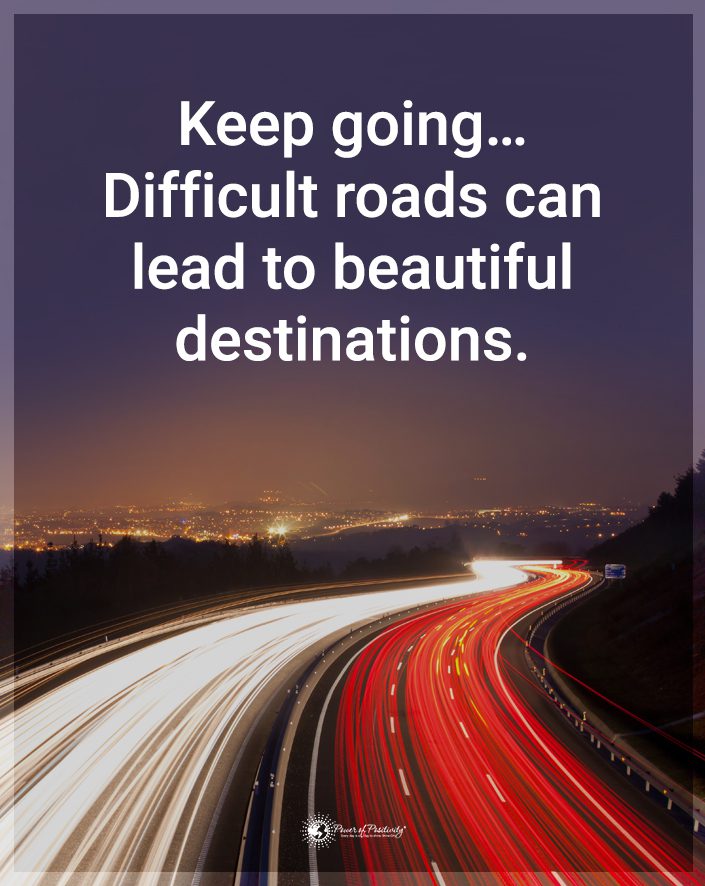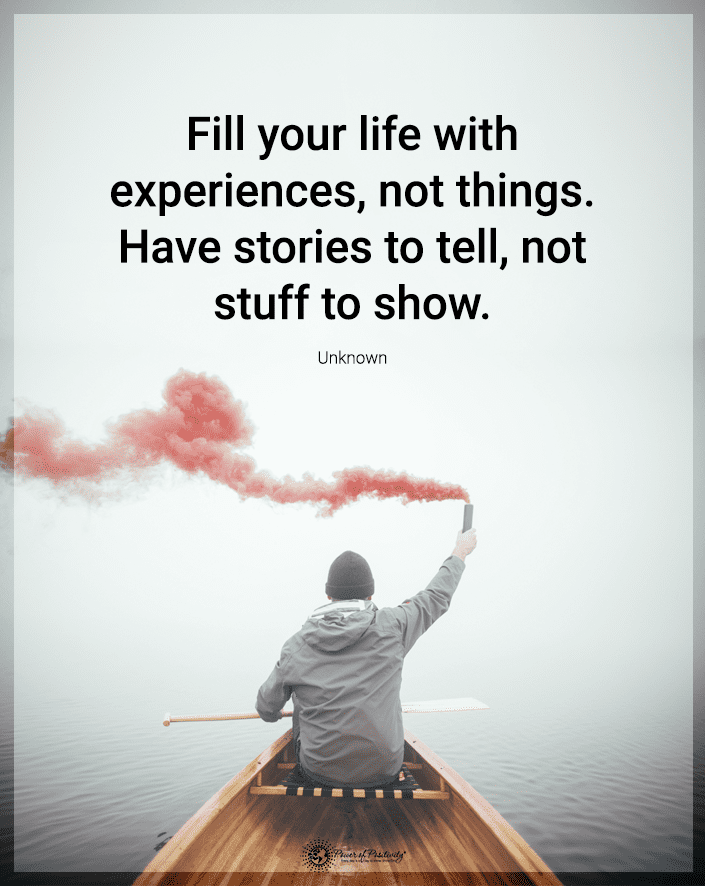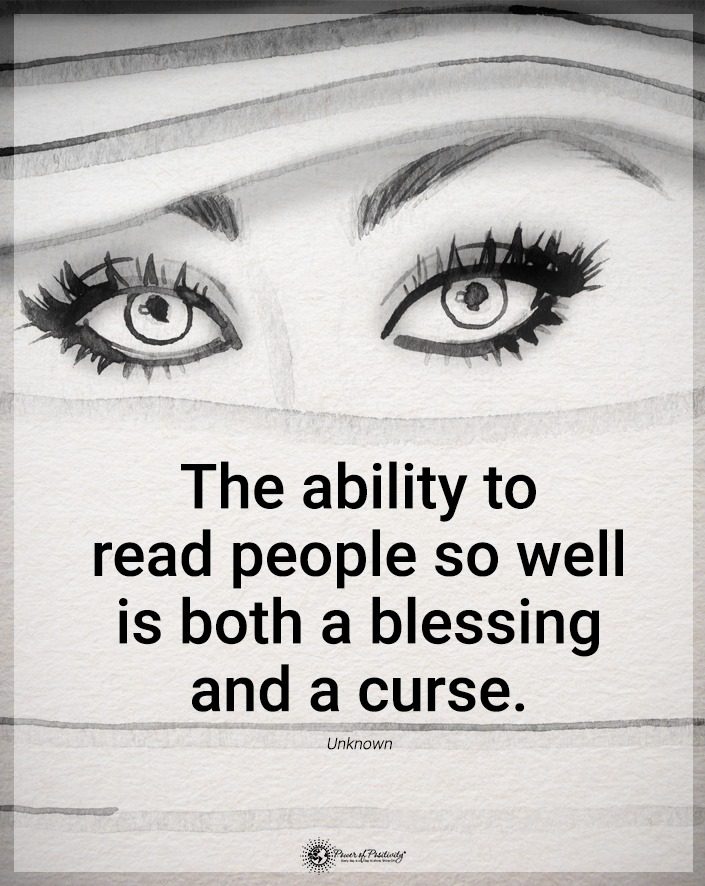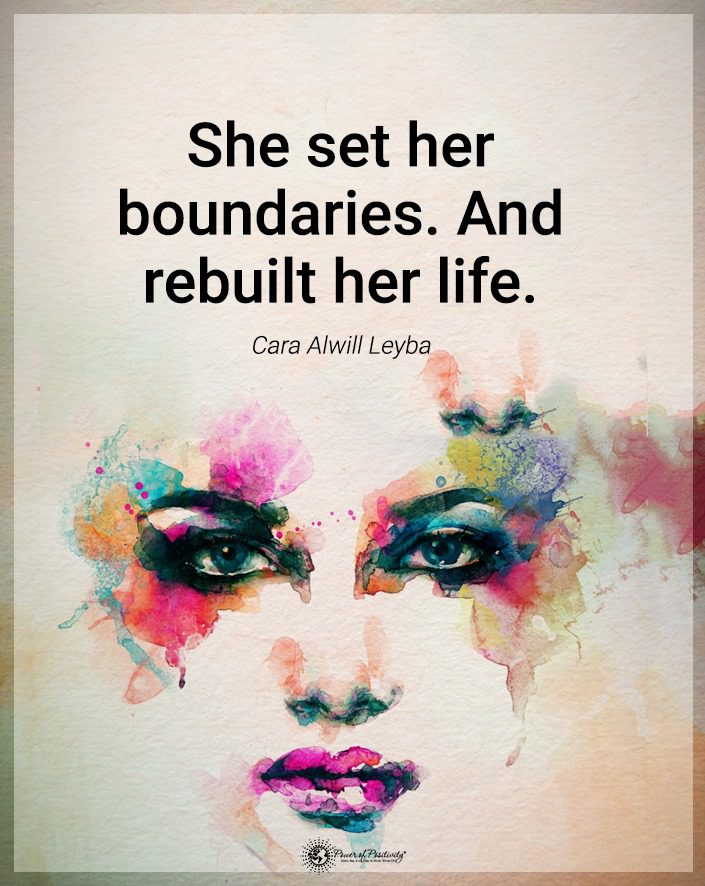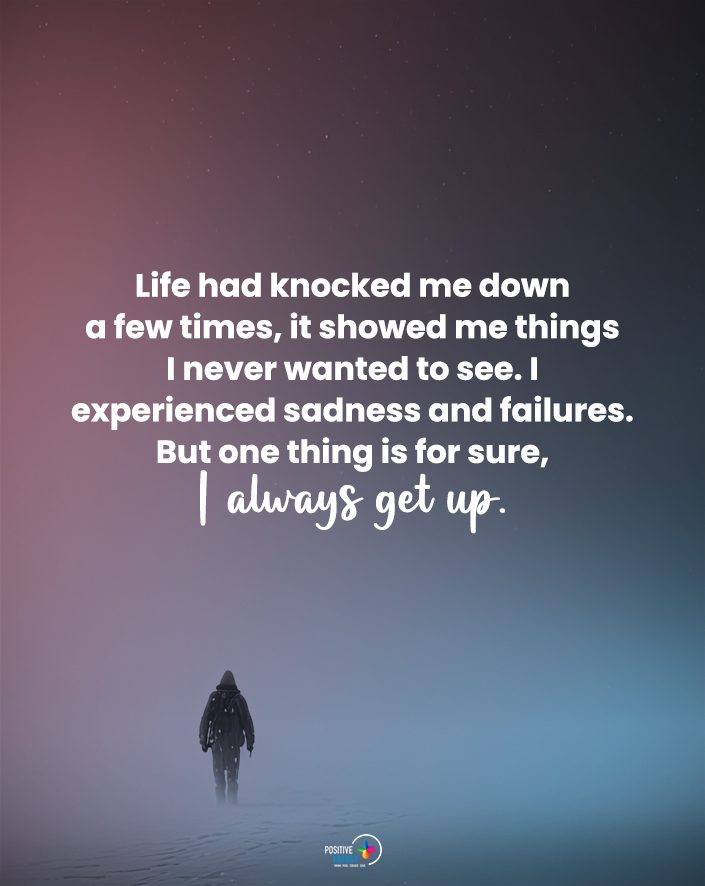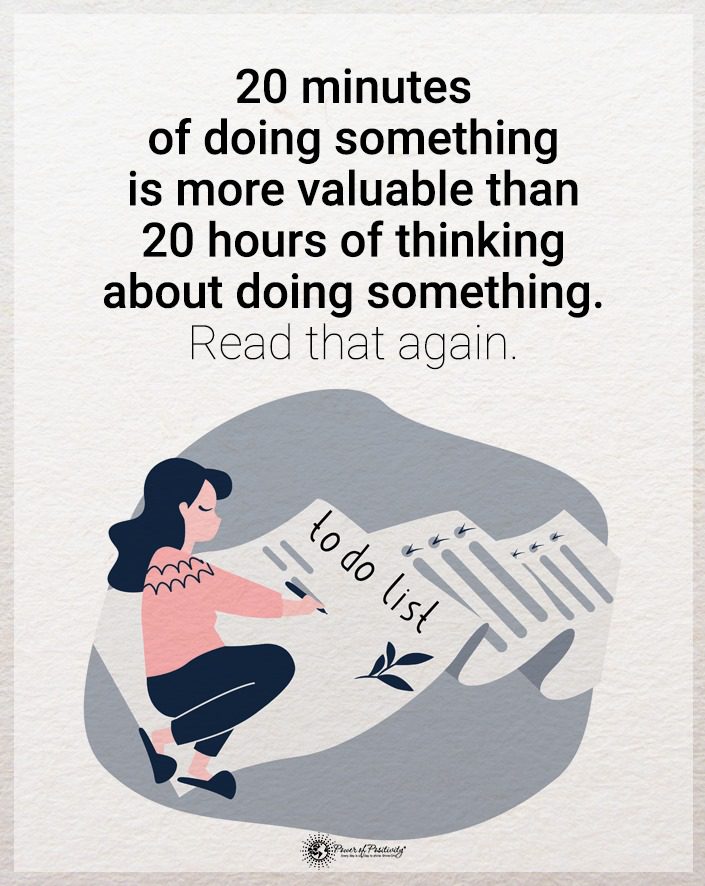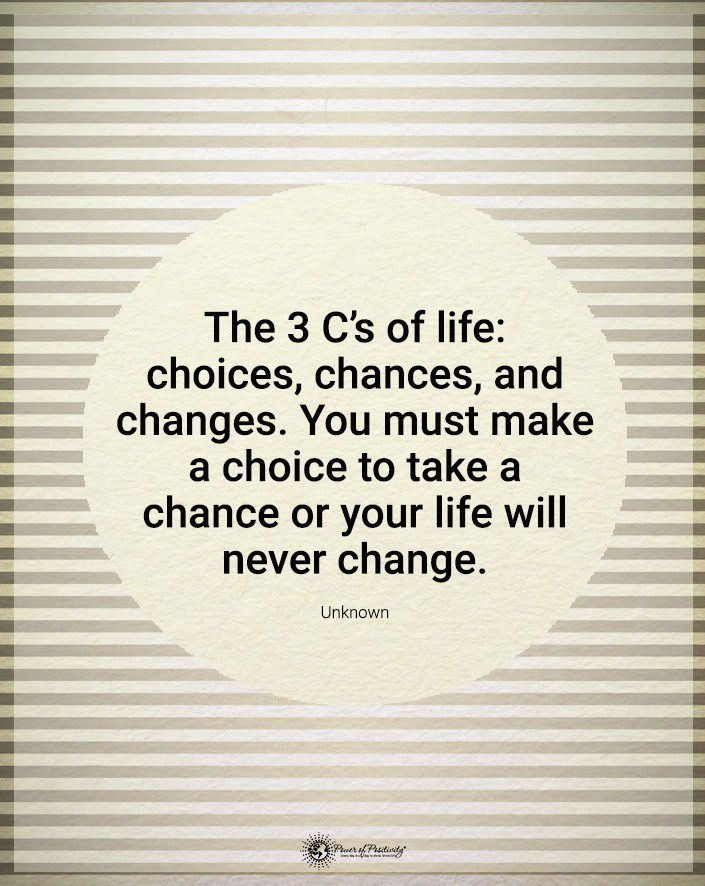Here’s how many women cope with the loss of a relationship.
Navigating the emotional fallout after a breakup can be challenging for most women. Often, women experience a deep loss that involves processing a range of feelings, from sadness and loss to anger and confusion. It’s a time when one’s emotional well-being is tested. Therefore, it’s a time to acknowledge the importance of healthy coping mechanisms.
Recognizing and embracing self-care is a necessary step to healing and growth. This journey is undoubtedly difficult. Still, it presents an opportunity for profound personal growth and self-discovery. In exploring various healing strategies, women can find strength, resilience, and an all-new sense of self.
NOTE: Please check out our companion article for information about how men deal with breaking up.
How Can a Woman Heal After a Breakup?
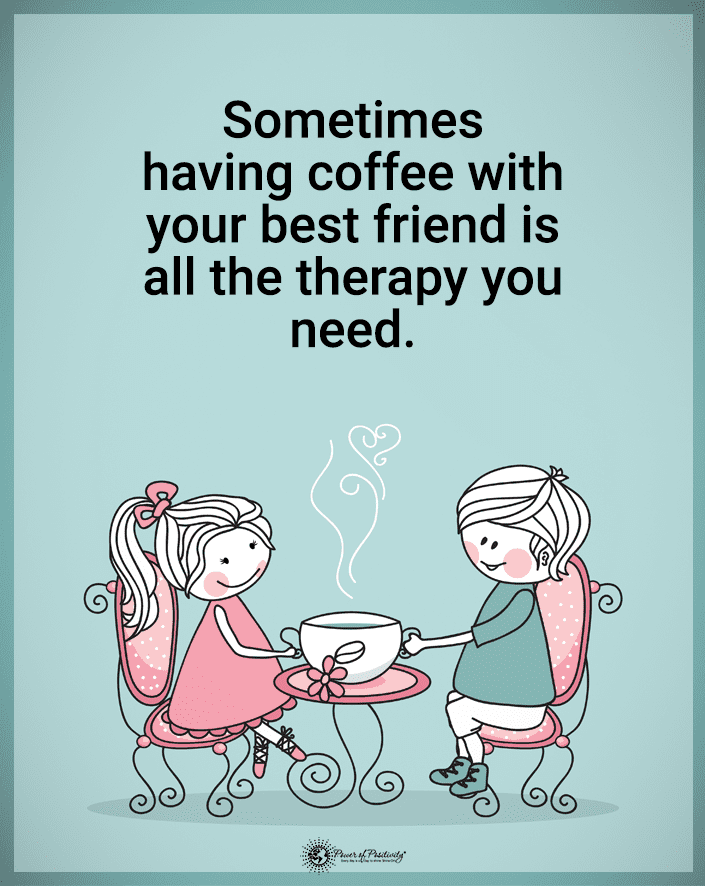
1 – Connecting Through Conversations
One of the most therapeutic ways for women to navigate through a breakup is by connecting through conversations with friends or family. Talking about feelings and experiences with someone trusted can provide immense relief. It’s not just about venting or sharing heartache; it’s about being heard, understood, and supported.
These conversations offer a sense of validation and can be instrumental in the healing process. Whether it’s a long talk over coffee or a heartfelt phone call, these connections reinforce that one is not alone in their journey, providing a crucial emotional lifeline during tough times.
2 – Self-Care Routines Are Key After a Breakup
Self-care routines play a vital role in helping women heal from breakups. These routines, including skincare, yoga, or relaxation techniques, provide physical nurturing and mental and emotional relief. Activities like a skincare routine or a yoga session offer a sense of normalcy and control amidst the chaos.
They’re acts of self-love and self-respect, reminding women that they deserve care and attention. Additionally, these practices can significantly reduce stress and anxiety. Thus, she builds a sense of inner peace and well-being. In carving out time for these routines, women prioritize their health and happiness, which is crucial in healing.
3 – Creative Expression
Creative expression is a powerful tool for emotional healing. Activities like painting, writing, or crafting allow women to process and express their feelings tangibly. These creative outlets offer a form of catharsis, a way to release and understand complex emotions that might be difficult to articulate in words.
Whether channeling feelings into a piece of art or writing poetry as a form of self-reflection, these activities provide a productive and therapeutic way to cope with the aftermath of a breakup. Engaging in creativity not only aids in emotional release but also contributes to a sense of accomplishment and self-identity.
4 – Group Fitness Classes
Group fitness classes offer more than just physical benefits; they can be a significant source of support and community for women healing from a breakup. These classes, ranging from high-energy Zumba to calming Pilates, provide a structured environment to focus on physical health while facilitating social interaction. Working out in a group setting creates camaraderie and shared purpose, helping combat feelings of loneliness or isolation often accompanying a breakup.
Additionally, the endorphin boost from exercise is a natural mood enhancer, contributing positively to emotional well-being. Participating in group fitness not only aids in maintaining physical health but also in building a supportive network, reinforcing the concept that healing can be a collective journey.
5 – Mindfulness and Yoga Can Restore Peace
Mindfulness practices and yoga are especially beneficial for women coping with the emotional upheaval of a breakup. These practices encourage living in the present moment and acknowledging thoughts and feelings without judgment, which is crucial for emotional processing. Yoga, with its focus on breath and movement, aids in releasing tension and stress held in the body. It’s a practice that combines physical health with mental clarity and emotional calm.
Mindfulness techniques, whether incorporated into yoga or practiced separately through meditation, provide a tool for managing stress, anxiety, and fluctuating emotions. By working these practices into their daily routine, women can cultivate inner peace and resilience, which are crucial for navigating difficult times.
6 – Professional Counseling
Seeking professional counseling is a step of strength and courage for women dealing with the aftermath of a breakup. A professional therapist can provide a safe, unbiased space to process emotions and gain insights into personal patterns and behaviors.
Counseling offers the opportunity to work through feelings of grief, anger, or low self-esteem often associated with the end of a relationship. It’s a space where women can feel heard and validated while receiving guidance and strategies to cope and heal effectively. Acknowledging the need for support and seeking counseling is an empowering decision, reflecting a commitment to personal well-being and emotional health.
7 – Journaling and Reflective Writing
Journaling or reflective writing can be a profoundly therapeutic tool for women navigating the complexities of a breakup. This practice allows for a private, unfiltered exploration of thoughts and emotions. Writing down feelings and experiences can provide clarity, facilitate emotional release, and offer a different perspective. It’s a means of self-therapy, where writing can be calming and enlightening.
Whether it’s daily journaling, writing letters that will never be sent, or composing poetry, the written word provides a conduit for healing, understanding, and self-discovery. By reflecting through writing, women can embark on a journey of personal insight and emotional healing.
8 – Nurturing a Healthy Lifestyle
A healthy lifestyle is crucial for women healing from a breakup. It’s about nurturing the body and mind through balanced nutrition and adequate sleep, which are foundational to emotional well-being. A well-balanced diet can significantly impact mood and energy levels, helping alleviate stress and anxiety symptoms. Similarly, ensuring sufficient and quality sleep is vital, as it allows the body and mind to recover and strengthens emotional resilience.
It’s not uncommon to neglect these good habits during emotionally turbulent times, but prioritizing them can create a positive feedback loop, enhance overall health, and provide the strength needed to navigate the healing process.
9 – Community Involvement and Volunteering
Community involvement and volunteering can be powerful avenues for healing and fulfillment post-breakup. Volunteering allows women to step outside their personal experiences and contribute to something larger than themselves. This involvement can provide a sense of purpose and accomplishment, counteracting feelings of loss or low self-esteem. Moreover, volunteering allows women to connect with others and build new relationships.
Thus, she builds a sense of community and belonging. By dedicating time and effort to causes they care about, women make a positive impact not only in the lives of others but also in their emotional healing journey.
10 – Embracing Solo Adventures
Solo adventures can be a transformative experience for women recovering from a breakup. Whether it’s a solo trip, attending a workshop, or simply exploring local attractions alone, these experiences promote self-empowerment and independence. They provide an opportunity to reconnect with personal desires and interests, free from the influence or compromise that often comes with relationships.
Solo adventures challenge women to master new things, leading to self-discovery and personal growth. The confidence gained from navigating new experiences alone is invaluable, reinforcing a sense of self-sufficiency and resilience.
11 – Rediscovering Individual Hobbies and Interests
Reconnecting with individual hobbies and interests is essential for women rebuilding their lives post-breakup. Often, relationships can lead to the sidelining of personal interests. Rediscovering these activities can reignite passion and joy that might have been forgotten. Whether it’s returning to a beloved hobby, learning something new, or dedicating time to a long-neglected project, these pursuits can be incredibly fulfilling.
They offer an outlet for creative expression, relaxation, and satisfaction. Moreover, hobbies and personal interests are crucial for rebuilding a sense of identity and independence, helping women to see themselves as complete and fulfilled individuals outside of a relationship.
12 – Engaging With Positive Media
Engaging with empowering literature and podcasts is an excellent way for women to build emotional resilience and foster personal growth during post-breakup healing. Books and podcasts that focus on self-improvement, emotional intelligence, and personal stories of resilience can provide comfort, inspiration, and practical advice. They offer perspectives from others who have navigated similar challenges, providing a sense of solidarity and hope.
Immersing oneself in literature that uplifts and educates not only serves as a distraction from current pains but also aids in understanding and managing emotions, leading to greater resilience and self-awareness.
13 – Practicing Gratitude and Positive Affirmations
Practicing gratitude and positive affirmations can significantly impact a woman’s mindset and emotional well-being during healing. Gratitude shifts focus from what’s missing to what’s present, fostering a sense of contentment and well-being. Simple practices like maintaining a gratitude journal or taking time each day to reflect on things one is thankful for can make a substantial difference.
Similarly, positive affirmations reinforce self-worth and confidence. Repeating affirmations such as “I am strong,” “I am worthy of happiness,” or “I embrace my journey” can reshape thought patterns, leading to a more positive and hopeful outlook on life.
14 – Exploring Nature and Outdoor Activities
Connecting with nature in outdoor activities can benefit mental and emotional health. Nature has a calming and rejuvenating effect, helping clear the mind and provide peace. Activities like hiking, gardening, or walking in a park can be therapeutic. They provide an escape from the routine and help in grounding oneself in the present moment.
The physical aspect of outdoor activities also releases endorphins, boosting mood and creating happiness. For women healing from a breakup, spending time in nature offers a steady path to emotional recovery and self-reflection.
15 – Planning for the Next New Adventure
Post-breakup is an opportune time for women to set new goals and plan for the future. This forward-looking approach is a positive way to channel energy and thoughts, turning a damaging experience into an opportunity for growth and new beginnings. Whether it’s career ambitions, personal skills, travel dreams, or lifestyle changes, setting goals helps create a vision for the future.
It’s an empowering process providing direction and purpose, inspiring optimism and excitement about the lies ahead. Planning and working towards these goals can instill a sense of control and accomplishment, contributing significantly to the healing journey.
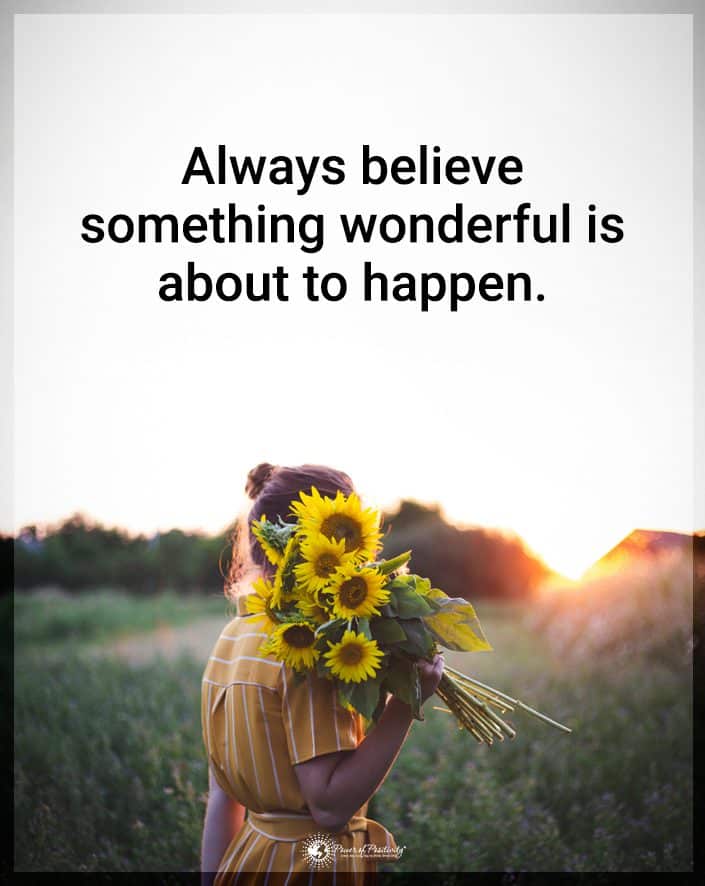
Final Thoughts on Understanding How Women Cope with a Breakup
While challenging, the journey of healing from a breakup presents a unique opportunity for personal growth, resilience, and self-discovery for women.
Each of these strategies contributes to redefining one’s journey post-breakup, turning a period of pain into a time of empowerment and growth. Embracing these approaches can lead to emerging from this experience stronger, more self-aware, and with a renewed sense of purpose and joy in life.

